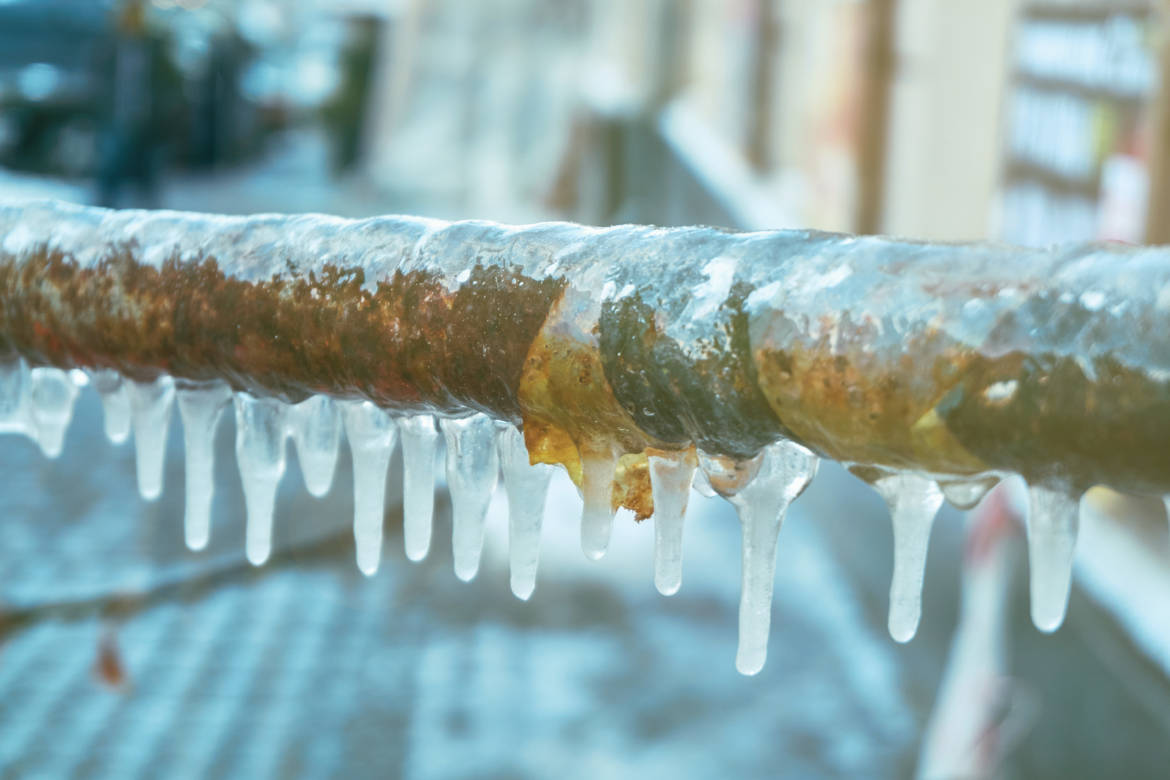Preventing Frozen Pipes: Best Strategies for Winter
Preventing Frozen Pipes: Best Strategies for Winter
Blog Article
On this page below yow will discover additional great guidance on the subject of How To Avoid Freezing Pipes.

Cold weather can ruin your pipes, particularly by freezing pipes. Below's exactly how to avoid it from happening and what to do if it does.
Intro
As temperature levels drop, the threat of frozen pipes boosts, possibly resulting in costly repair work and water damage. Understanding exactly how to avoid icy pipelines is essential for home owners in cold climates.
Understanding Icy Pipes
What causes pipes to freeze?
Pipes freeze when exposed to temperature levels listed below 32 ° F (0 ° C) for expanded periods. As water inside the pipes freezes, it increases, taxing the pipe wall surfaces and possibly creating them to rupture.
Risks and problems
Frozen pipelines can cause supply of water disturbances, home damages, and expensive fixings. Ruptured pipelines can flooding homes and create extensive architectural damages.
Signs of Frozen Pipes
Recognizing icy pipes early can avoid them from breaking.
How to recognize frozen pipes
Search for reduced water flow from faucets, uncommon smells or noises from pipes, and noticeable frost on exposed pipes.
Prevention Tips
Insulating at risk pipelines
Wrap pipelines in insulation sleeves or utilize warmth tape to secure them from freezing temperature levels. Focus on pipelines in unheated or exterior areas of the home.
Heating techniques
Keep interior rooms properly heated, particularly areas with pipes. Open cupboard doors to enable cozy air to distribute around pipelines under sinks.
Securing Exterior Pipes
Garden tubes and outside taps
Separate and drain yard tubes prior to wintertime. Set up frost-proof spigots or cover outdoor taps with insulated caps.
What to Do If Your Pipelines Freeze
Immediate activities to take
If you presume icy pipelines, maintain faucets available to relieve stress as the ice melts. Utilize a hairdryer or towels taken in warm water to thaw pipes slowly.
Long-Term Solutions
Structural modifications
Think about rerouting pipes away from exterior wall surfaces or unheated areas. Add added insulation to attics, basements, and crawl spaces.
Updating insulation
Purchase high-grade insulation for pipes, attics, and wall surfaces. Proper insulation helps keep regular temperature levels and reduces the danger of frozen pipelines.
Verdict
Preventing icy pipes requires proactive procedures and quick actions. By understanding the causes, indicators, and safety nets, home owners can secure their pipes throughout cold weather.
5 Ways to Prevent Frozen Pipes
Drain Outdoor Faucets and Disconnect Hoses
First, close the shut-off valve that controls the flow of water in the pipe to your outdoor faucet. Then, head outside to disconnect and drain your hose and open the outdoor faucet to allow the water to completely drain out of the line. Turn off the faucet when done. Finally, head back to the shut-off valve and drain the remaining water inside the pipe into a bucket or container. Additionally, if you have a home irrigation system, you should consider hiring an expert to clear the system of water each year.
Insulate Pipes
One of the best and most cost-effective methods for preventing frozen water pipes is to wrap your pipes with insulation. This is especially important for areas in your home that aren’t exposed to heat, such as an attic. We suggest using foam sleeves, which can typically be found at your local hardware store.
Keep Heat Running at 65
Your pipes are located inside your walls, and the temperature there is much colder than the rest of the house. To prevent your pipes from freezing, The Insurance Information Institute suggests that you keep your home heated to at least 65 degrees, even when traveling. You may want to invest in smart devices that can keep an eye on the temperature in your home while you’re away.
Leave Water Dripping
Moving water — even a small trickle — can prevent ice from forming inside your pipes. When freezing temps are imminent, start a drip of water from all faucets that serve exposed pipes. Leaving a few faucets running will also help relieve pressure inside the pipes and help prevent a rupture if the water inside freezes.
Open Cupboard Doors
Warm your kitchen and bathroom pipes by opening cupboards and vanities. You should also leave your interior doors ajar to help warm air circulate evenly throughout your home.

We hope you enjoyed reading our excerpt on Helpful Tips to Prevent Frozen Pipes this Winter. Thanks so much for taking the time to read through our piece of content. For those who enjoyed reading our article plz consider to share it. Thanks so much for taking the time to read it.
Call Today Report this page